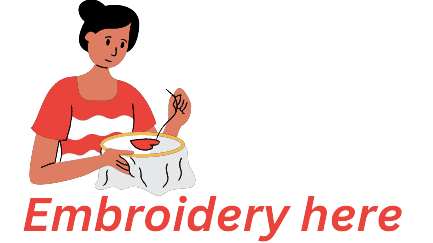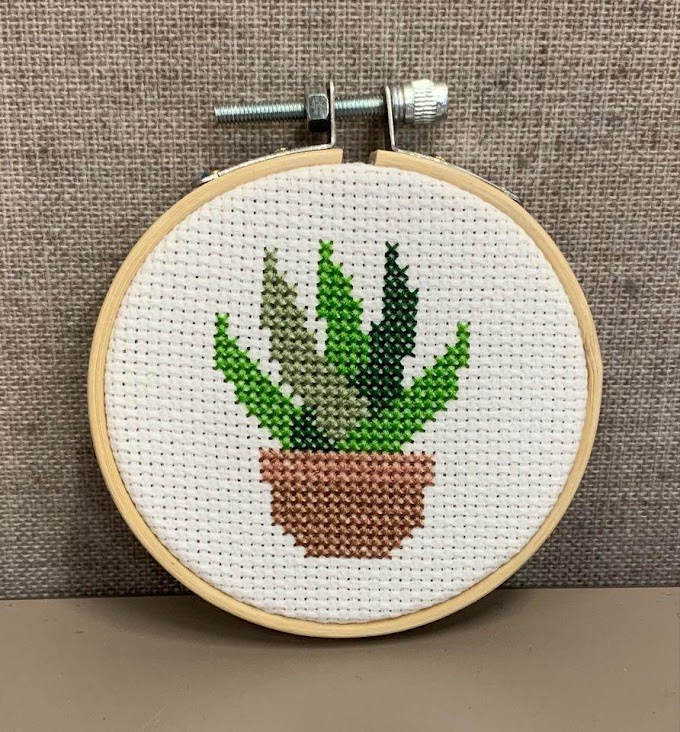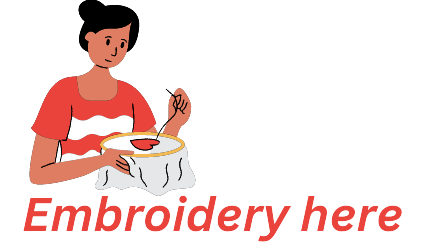Introduction :
Is machine embroidery business profitable? Discover the potential and profitability of this exciting venture. Machine embroidery combines artistic expression with commercial viability, offering personalized designs on various products. In this comprehensive article, we delve into the intricacies of machine embroidery, exploring it's expanding market demand, profit margins, and key considerations. Find out how entrepreneurs can tap into this lucrative industry and unlock success.
Understanding Machine Embroidery :
Machine embroidery is a versatile technique that uses computerized machines to intricately stitch designs onto fabrics. With endless customization options, machine embroidery caters to diverse customer preferences. From monograms on towels to corporate logos on uniforms, businesses can create unique and personalized products. The demand for such customization has fueled the growth of the machine embroidery market across various industries.
Profitability in Machine Embroidery Business :
1. Expanding Market Demand:
The global embroidery market is projected to reach USD 10.36 billion by 2025. Customized and personalized products are driving this demand, offering entrepreneurs ample opportunities to capitalize on the growing market trend. The rise of e-commerce platforms and social media marketing has further widened the reach of machine embroidery businesses, connecting them with a global customer base.
2. Profit Margins and Pricing:
Machine embroidery businesses can achieve gross profit margins ranging from 50% to 80%. Setting competitive prices, considering material costs, machine time, and design complexity, ensures optimal profitability. Moreover, offering additional services like digitizing and design customization can contribute to higher revenue streams.
Challenges and Considerations :
1. Initial Investment:
Starting a machine embroidery business requires an initial investment in equipment, ranging from $8,000 to $20,000 for commercial-grade embroidery machines. Thorough market research and financial planning help determine the appropriate investment scale. Additionally, expenses related to digitizing software, threads, stabilizers, and fabric should be considered. However, businesses can choose to start small and gradually expand their operations as they gain traction.
2. Technological Advancements:
Staying abreast of technological advancements is crucial for machine embroidery businesses to remain competitive. Investing in the latest embroidery machines, software, and digitizing tools enhances efficiency and product quality. Continuous learning and training are essential to master new techniques and leveraging technological innovations in design and production processes.
3. Market Competition:
As the demand for machine embroidery grows, so does the competition. To stand out in the market, businesses should focus on offering high-quality craftsmanship, prompt delivery, excellent customer service, and unique design concepts. Building strong relationships with suppliers, creating a strong online presence, and utilizing effective marketing strategies can help businesses differentiate themselves from competitors.
Conclusion :
Machine embroidery presents a profitable opportunity for entrepreneurs seeking a blend of creativity and commercial success. With an expanding market demand for personalized products, strategic pricing, efficient cost management, and adaptation to technological advancements, the potential for profitability is substantial. While challenges such as initial investment and market competition exist, businesses that provide exceptional quality, cater to customer needs, and stay updated with industry trends can thrive. By offering high-quality custom designs that cater to evolving consumer preferences, machine embroidery businesses can establish a strong presence in the competitive market. Embrace the potential of machine embroidery and unlock a world of profitable possibilities.

.png)
%20(1).webp)
%20(1).webp)
.png)


